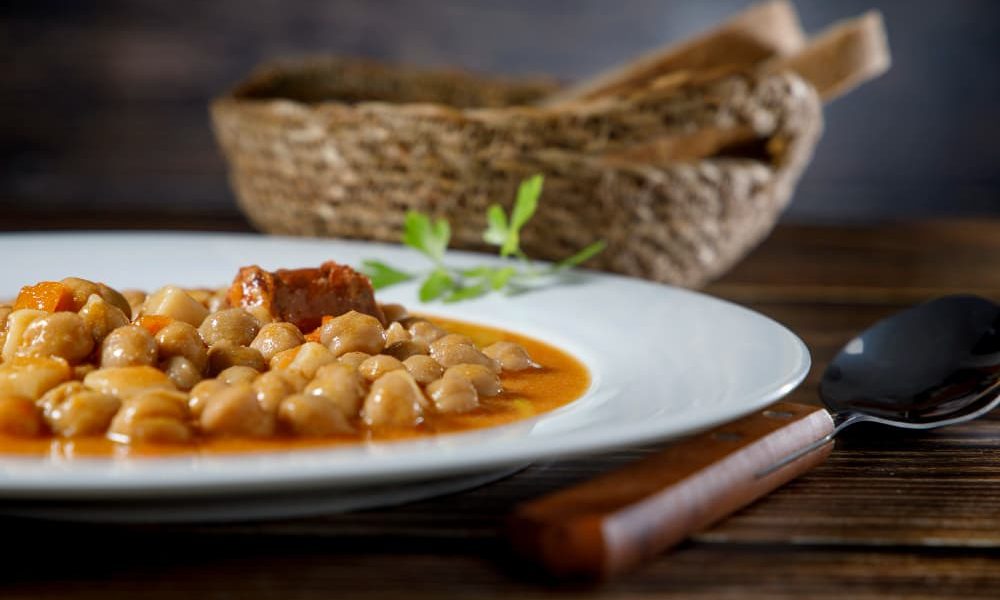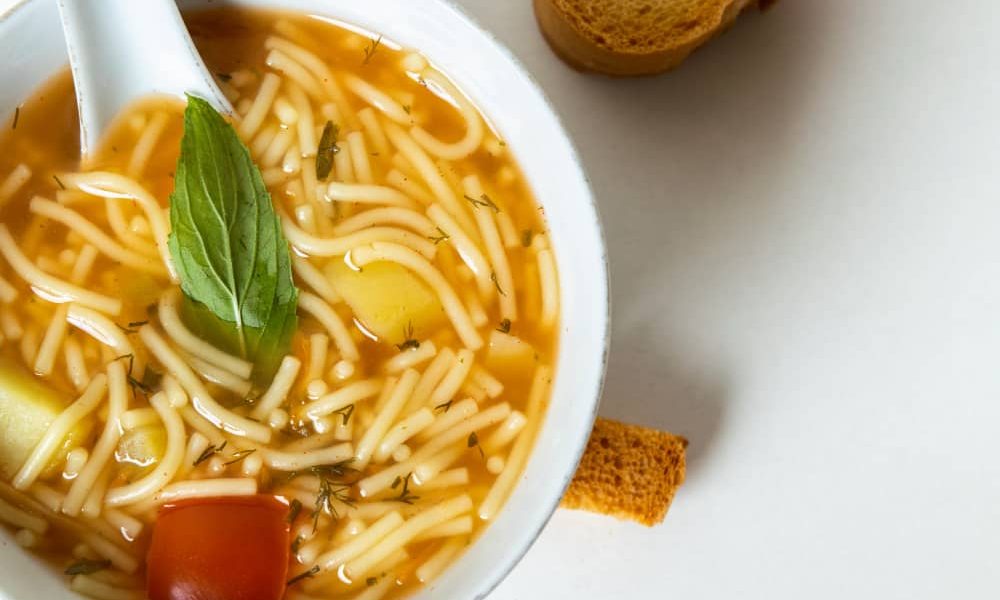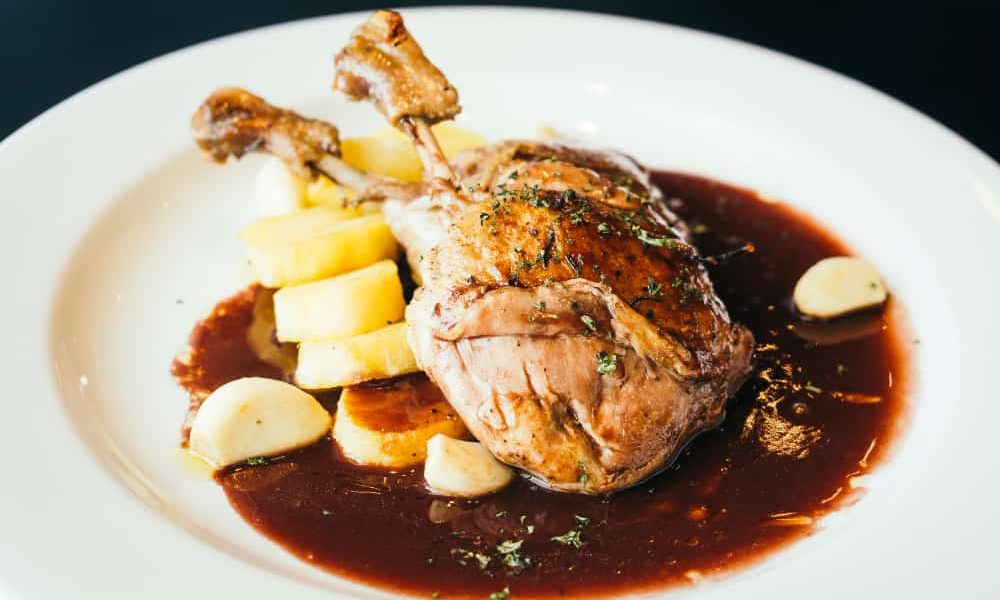
Discover how to make traditional aioli with this complete guide. Explore history, recipes, tricks and variations to master this Mediterranean classic.
Aioli, that delicious sauce that has conquered palates beyond its Mediterranean borders, is a gastronomic classic that deserves to be explored in depth. In this article, we will take you on a journey through its history, origin, ingredients and the traditional recipe.
In addition, we will share with you a step by step guide for its preparation, tricks and tips as well as variations and alternatives so you can enjoy this exquisite creation at its finest.
History and Origin of Alioli
The Mediterranean Journey of Aioli
Aioli, whose name is a compendium of the words “garlic” and “oil” in Catalan, has its roots in the time roman.
However, it was in the Mediterranean basin, specifically in regions such as Catalonia, Valencia, Balearic Islands and Provence where this sauce became an essential element in local gastronomy.
Over the centuries, aioli has been the perfect companion to a wide range of dishes, from fish and seafood until vegetables and meats. This culinary journey demonstrates not only the versatility of the sauce, but also the rich gastronomic diversity of the Mediterranean regions.
Evolution and Popularity
Over time, aioli has evolved, adapting to local tastes and ingredient availability.
This ability to adapt has led aioli to be not only a emblem of Spanish cuisine (he is one of the protagonists of our best tapas), but also a popular accompaniment in cuisines around the world. His global popularity It’s a testament to its versatility and delicious flavor, making it a favorite in restaurants and homes alike.
Ingredients and Traditional Recipe
Basic ingredients
The magic of aioli lies in its simplicity: The traditional ingredients are simply garlic, olive oil and, in some variants, a pinch of salt.
This combination of simple, but powerful flavors is what gives aioli its unique character and unmistakable flavor.
The Traditional Recipe
The authenticity of the aioli recipe lies in the emulsion of the oil and crushed garlic.
Traditionally, it is done in a mortar, allowing the flavors to merge perfectly. Although today many opt for the convenience and speed of blender the traditional technique continues to be highly valued for its ability to maintain the authentic flavor and the desired texture.
Step by Step Guide
Traditional Preparation
- Crush the Garlic: The first step is to crush the garlic with a little salt in a mortar, until you obtain a fine and homogeneous paste. This process is crucial to release the essential oils of garlic, which are the base of the aioli flavor.
- Emulsify: Next, slowly add the olive oil while continuing to crush. The key to a good emulsion is adding the oil drop by drop especially at the beginning, to ensure that the mixture emulsifies properly.
- Consistency: This process continues until you obtain a sauce of consistent consistency creamy and homogeneous. Patience is essential to achieve the perfect texture.
Use of Blender
For those who prefer a more version modern and fast, the blender is an excellent option. Following the same principles of crush and emulsify you can get a delicious aioli in much less time and with less physical effort.
Tricks and tips
Tips for a Perfect Emulsion
- Temperature: Make sure all the ingredients are room temperature before starting.
- Oil Quality: Choose a good quality olive oil for a richer and more authentic flavor.
- Patience and Technique: Add the oil little by little and emulsify patiently to prevent the mixture from curdling.
Variations and Alternatives
Creative Variations
- With lemon: Add a few drops of lemon for a touch citrus and refreshing.
- With Egg Yolk: Add a yolk for more texture light and soft ideal for those who prefer a less intense garlic flavor.
- Flavored Aliolis: Experiment with ingredients like parsley, paprika or saffron to create unique and colorful variations.
Alternatives for Everyone
For people with garlic intolerance either vegan preferences alternative ingredients can be used such as avocado or tofu. These versions maintain the creamy texture of traditional aioli, but offer new flavors adapted to different diets.
A Gastronomic Journey in Every Spoonful
Aioli is not just a sauce, it is a journey through the history and culture of the Mediterranean. His versatility and unique flavor They make it an ideal companion for a wide variety of dishes.
Whether following the traditional recipe or experimenting with new variants, aioli promises to enrich your culinary experience. With these tips and tricks, you’re more than ready to embark on this delicious food adventure. Let’s get to work and bon appetit!







